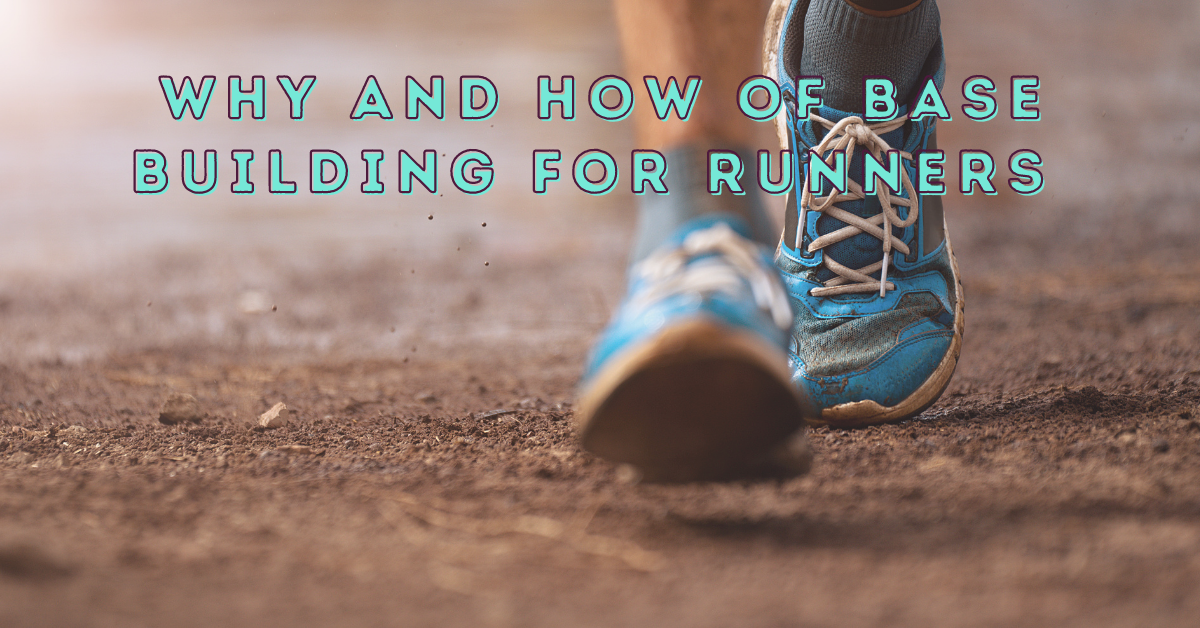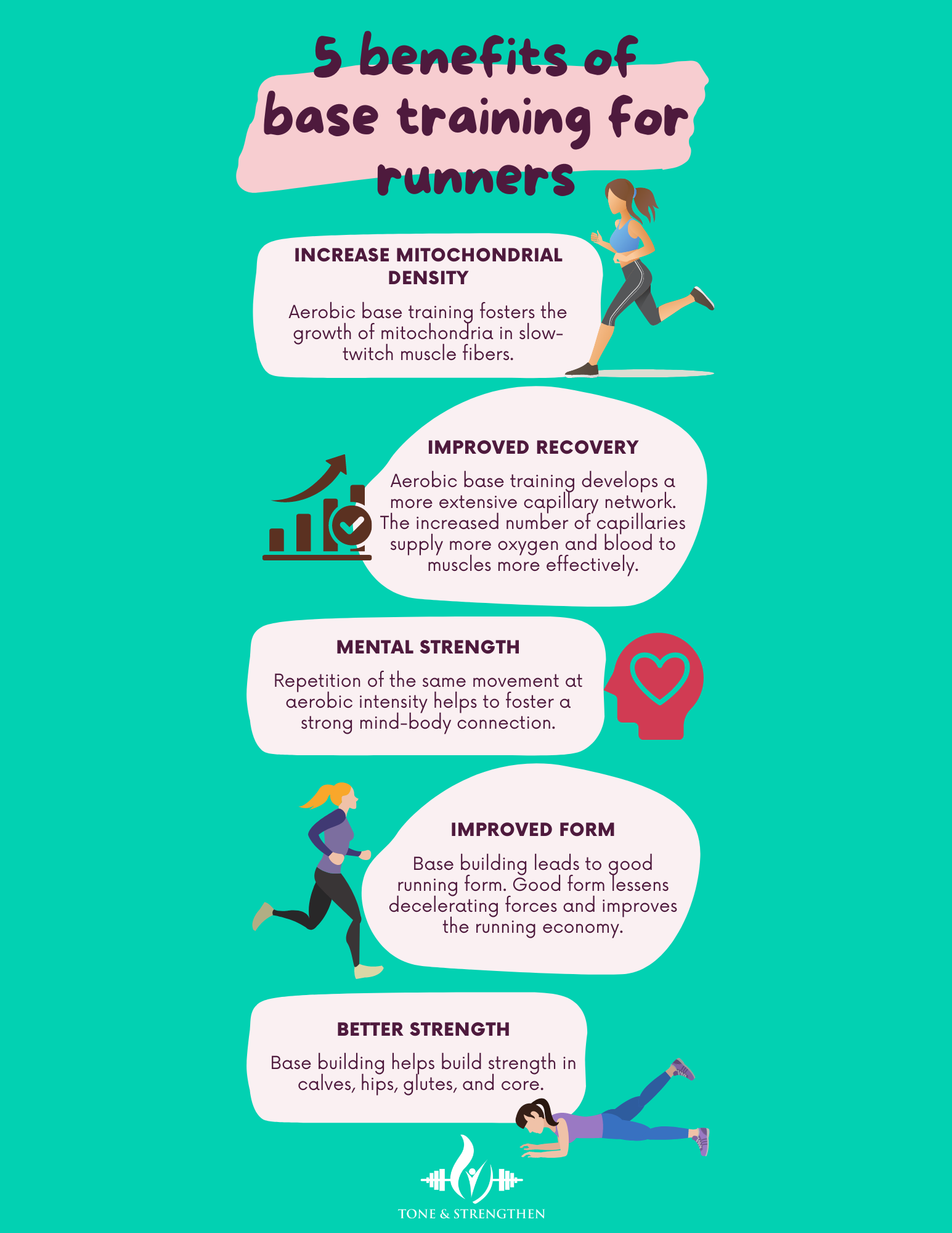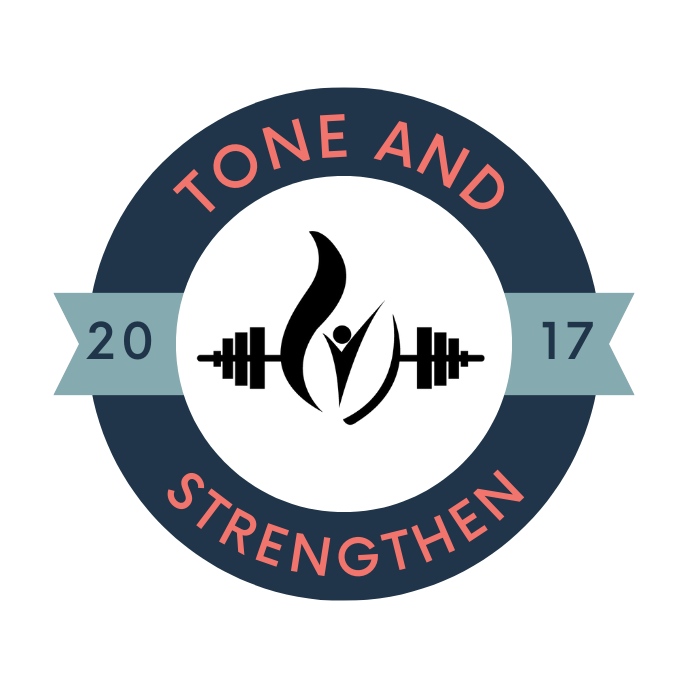
Why and How of Base Building for Runners?
Base training is the foundational training for a race. It is the first phase of training for a race. It’s like building the foundation for a house. The stronger the foundation, the stronger the house. It prepares runners for the more challenging workouts for race training. Base building builds a more robust aerobic engine.
How to Build a Base?
There are three primary phases to a training cycle: base, strength, and speed. The base is the first period. Many athletes think that these three phases are mutually exclusive, but they aren’t. All these training components are present during training. It just depends on what the focus is at that time.
The goal of base training is to build the ability of runners to run longer and become fatigued resistant. Building the volume is one of the critical aspects of base building. In base building, the mileage is built gradually. There are three metrics that runners can build on during base training.
- No base phase is complete without long runs. Building the long run mileage by a mile every week.
- Adding 1 run per week
- Adding a few miles to weekday runs every 1–3 weeks
The goal is to have a gradual, progressive increase in mileage. To build the aerobic base, its vital to keep the pace of long runs easy, which means keeping the heart rate below 75% of your max heart rate.
Benefits of Base Training
This foundation training period comes with many benefits, for example, increased blood volume, improved glycogen storage, more capillaries, and more strength.
Increase Mitochondrial Density- Aerobic base training fosters the growth of mitochondria in slow-twitch muscle fibers. The higher number of mitochondria helps the athlete maintain a pace for more extended periods. It makes muscles efficient to save as much energy and work longer.
Improved Recovery- Aerobic base training develops a more extensive capillary network. The increased capillaries supply more oxygen and blood to muscles more effectively. Increased capillary numbers allow the athlete to tolerate more training load and fatigue.
Mental Strength- Running is a repetitive and cyclic sport. Repetition of the same movement at aerobic intensity helps to foster a strong mind-body connection. It leads to better mental strength during race.
Improved Form- Base building leads to good running form. Good form lessens decelerating forces and improves runners’ economy. A better running economy means less waste of energy.
Better Strength- Base building helps build strength in calves, hips, glutes, and core. Building up mileage helps the muscles recover and get stronger. Adding weight training during the base building period helps the muscles build maximal strength. Maintaining maximal weight training is difficult for endurance athletes during the main training season because it requires a lot of time to recover from. Base building is the only time for most runners to work on maximal strength. Better strength translates to fewer injuries and better performance.
The start of the year is the perfect time for base building. So start your training this year by running slow progressive miles.


This Post Has 0 Comments